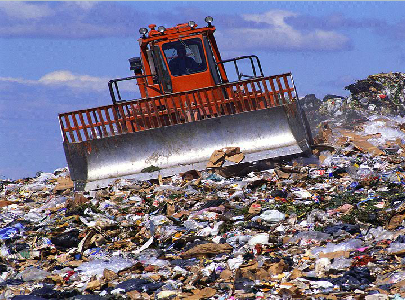Methane (CH4) is a powerful greenhouse gas, which can significantly contribute to the greenhouse effect and global climate change at very small atmospheric levels. The methane in Earth's atmosphere comes from numerous natural and anthropogenic sources. As a scientist, your work involves trying to discover methane's main sources on Earth so that steps can be taken to decrease the amount of methane being produced.
 But how can you tell where methane originated? Researchers have discovered that different processes favor either lighter or heavier stable isotopes of carbon and hydrogen to varying degrees, making molecules of methane from some sources isotopically heavier than molecules from other sources. This makes it possible to find out where methane likely came from based on its isotopic ratios.
But how can you tell where methane originated? Researchers have discovered that different processes favor either lighter or heavier stable isotopes of carbon and hydrogen to varying degrees, making molecules of methane from some sources isotopically heavier than molecules from other sources. This makes it possible to find out where methane likely came from based on its isotopic ratios.
 Rice paddies and landfills are examples of anthropogenic methane sources.
Rice paddies and landfills are examples of anthropogenic methane sources.
 Microscopic methanogens naturally produce methane.
Microscopic methanogens naturally produce methane.
Next Page